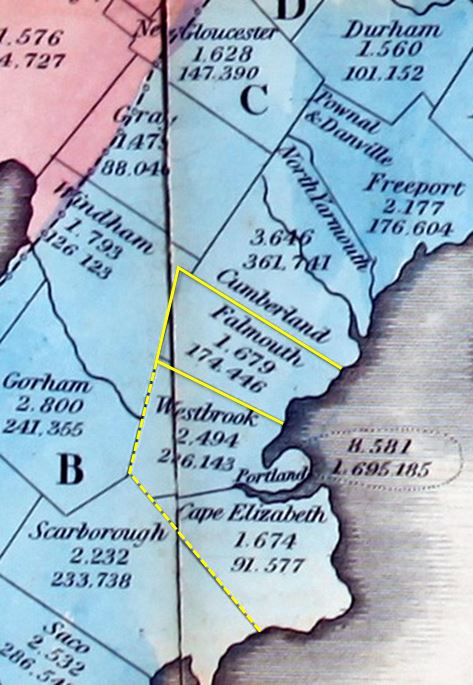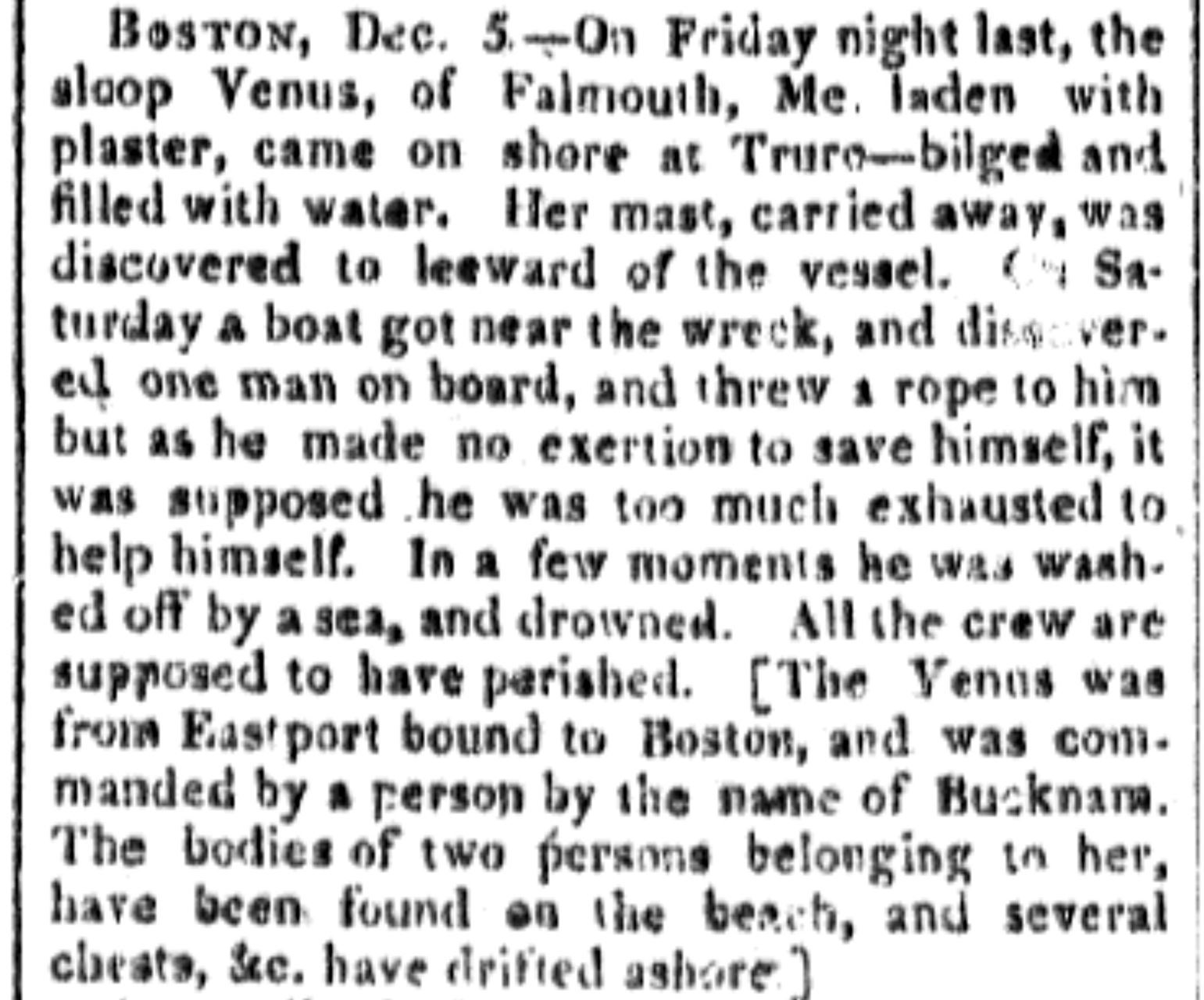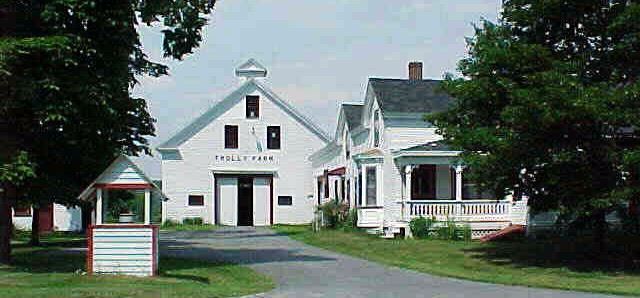-
-
-
-
Falmouth Retrospective-December 2019
-
-
-
-
-
-
About Falmouth - Retrospective—December 2019
Falmouth in 1820
Falmouth’s tax base of $174,446 suggests it was slightly more prosperous–on a per capita basis–than average.
 Unlike most Maine towns, Falmouth did not have a market center. It was instead a collection of hamlets dependent on neighboring Portland as the market town. This is understandable because the half century beginning in 1765 had seen three-quarters of Colonial Falmouth split off into today’s Portland, South Portland, Westbrook and Cape Elizabeth. New borders had been drawn but patterns of Colonial habitation and commerce persist today.
Unlike most Maine towns, Falmouth did not have a market center. It was instead a collection of hamlets dependent on neighboring Portland as the market town. This is understandable because the half century beginning in 1765 had seen three-quarters of Colonial Falmouth split off into today’s Portland, South Portland, Westbrook and Cape Elizabeth. New borders had been drawn but patterns of Colonial habitation and commerce persist today.
Falmouth’s economy was largely agricultural with two-thirds of its families engaged in farming. Another 10% was engaged in commerce including taverns along the major roads leading north from Portland. Falmouth’s access to water supported small manufacturing businesses. There were mills along its rivers and streams. There were several shipyards on the Presumpscot River estuary. Falmouth’s strong ties to the sea were also reflected among its captains and crews sailing sloops and brigs from Portland. Falmouth had brickyards as well as businesses related to farming (e.g., tanneries). As with all coastal Maine communities, the fishery was an important part of the economy.
The families of Falmouth included descendants of “old proprietors” (17th century settlers) plus many more who migrated north from Essex County, Massachusetts, during the 18th century. Surnames from Newbury, including Merrill (29 households) and Knight (16), were especially common. There was a large community of Quakers, including Leightons (19 households) with roots in Portsmouth, New Hampshire.
 Vital records are sketchy but reflect at least 20 births, a dozen marriages, and a dozen deaths including Maj. Gen. James Merrill who had served during the War of 1812. Deaths “at sea” were common. Capt. William Tyng Bucknam drowned along with his crew when his sloop Venus ran aground in a storm off Truro, Massachusetts.
Vital records are sketchy but reflect at least 20 births, a dozen marriages, and a dozen deaths including Maj. Gen. James Merrill who had served during the War of 1812. Deaths “at sea” were common. Capt. William Tyng Bucknam drowned along with his crew when his sloop Venus ran aground in a storm off Truro, Massachusetts.
There were three churches in town. The Congregational church at Falmouth Corners reflected the strong Puritan roots of many families. There was a Quaker meetinghouse at West Falmouth as well as a Methodist church on the Foreside straddling the Falmouth-Cumberland line and serving both communities.
Growth of families led to housebuilding. Twenty-three deeds and five mortgages were recorded during 1820. Several new homes were constructed that year.
 At left is a homestead probably built by Capt. Jeddiah Leighton at North Falmouth in 1820.
At left is a homestead probably built by Capt. Jeddiah Leighton at North Falmouth in 1820.
Politics were the big story for Falmouth in 1820 as Maine separated from Massachusetts.
Falmouth had been firmly on the side of statehood since 1816 when it voted 107-60 in favor of separation. That effort failed when overall returns from the District of Maine didn’t persuade the government in Boston. After the federal “Coasting Law” of 1789 was revised in 1819 to eliminate a financial “poison pill” for those in maritime commerce, Maine again petitioned Massachusetts for another vote. The legislature assented but just barely (one house voted against the measure but returned the next day to vote in favor). This launched Maine on the path to statehood. The District-wide vote was a landslide with 71% and every county voting for separation. Falmouth voted 135-35 (79% in favor). That October, Falmouth sent two representatives, Nathan Bucknam and Peter Knight, to the Constitutional Convention in Portland. The proposed constitution was presented to the towns for voting on ratification in December. Falmouth’s vote was unanimous.


